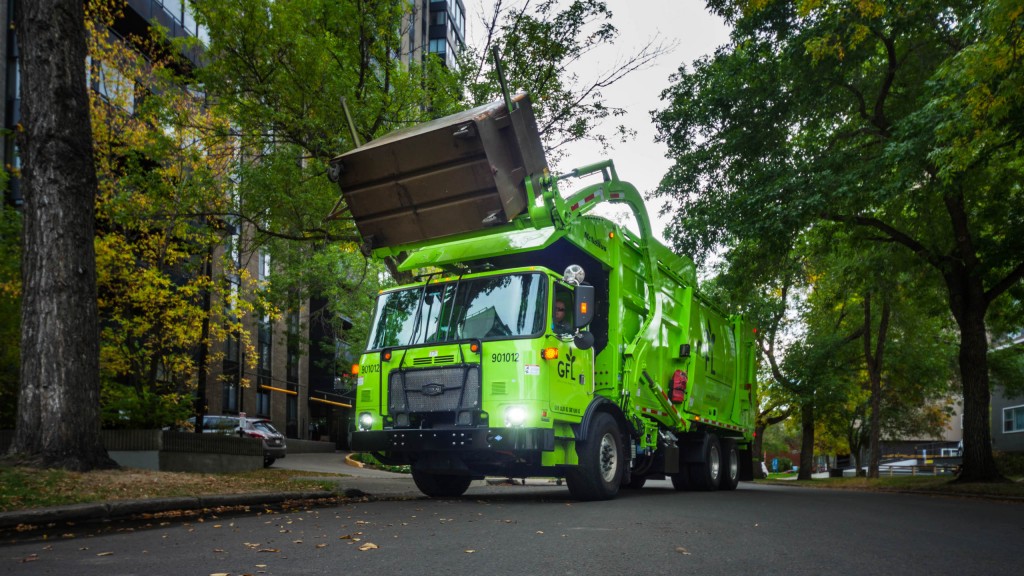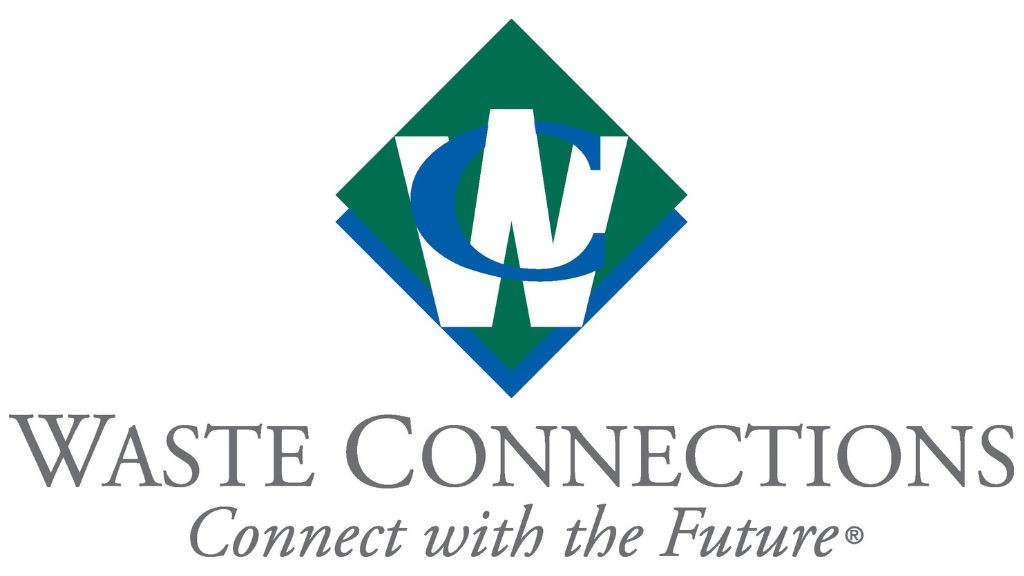GFL's Dovigi expects another year of outsized M&A following near-40% Q4 2020 growth
2020 increases largely due to acquisitions and organic growth in solid waste business in Canada and the U.S.

According to Patrick Dovigi, Founder and Chief Executive Officer of GFL, despite the impact of the pandemic on the North American economy, as a group they were able to produce exceptional financial results, and are feeling very positive heading into 2021.
"As we head into 2021, GFL has never been in a better financial position," said Dovigi. "Our free cash flow gives us the ability to naturally de-lever while at the same time allowing us to continue to deploy capital on attractive organic growth opportunities, accretive tuck-in acquisitions, as well as sustainability initiatives. We have always been opportunistic acquirers.
"Interest rates are at all-time lows giving us access to financing markets that position us well to continue to lower our cost of debt while pursuing accretive M&A at very attractive multiples, both tuck-ins and potentially larger-sized opportunities, within our expanded platform.
"2021 has the potential for being another year of outsized M&A and you should expect to see us continue to make these strategic value-creating investments as these opportunities arise."
Positives to build on from 2020
GFL Environmental Inc. results for the fourth quarter and full year, 2020, inlcuded revenue of $1,235.6 million, an increase of 37.8%, and full year revenue of $4,196.2 million.
According to Dovigi, in Q4 2021, GFL expanded Adjusted EBITDA margins by 100 basis points compared to the prior year, completed nearly $4 billion of accretive acquisitions and pursued opportunistic refinancings, all while continuing to focus on preserving our leverage commitments with a view to increasing free cash flow.
"During the fourth quarter, we grew revenue by 37.8% and Adjusted EBITDA by 49.0%, as compared to the prior year, resulting in expanded Adjusted EBITDA margin of 25.2%," he said.
Dovigi noted that the margin increase was largely due to organic growth in GFL's solid waste business in both Canada and the U.S., as well as cost control initiatives and synergies realized from acquisitions, resulting in better than expected free cash flow generation for the period.
"In our solid waste line of business, we continued to see sequential improvements in the commercial activity and volumes in the markets we serve, contributing to 4.0% of organic growth in the quarter and margin expansion of 240 basis points. During the quarter, we also continued to see higher volumes in our MRF operations as a result of new contract wins in both Eastern and Western Canada."
"During the year, we were able to take advantage of market opportunities and deliver on the commitments we made to our stakeholders at the time of our IPO and more, including our commitment to reduce leverage by using the proceeds from the IPO to repay debt and raising US$600 million in equity from a long-time GFL investor to fund part of our acquisition of WCA Waste Corporation. We also leveraged our improved credit quality to reduce our weighted average cost of debt by nearly 200 basis points through opportunistic refinancings."
Fourth Quarter and Year to Date Results Highlights:
-Revenue increased by 37.8% to $1,235.6 million in the fourth quarter of 2020 compared to the fourth quarter of 2019. Solid waste core price and surcharges for the fourth quarter of 2020 were 3.6%.
-Solid waste volumes declined 0.3% for the fourth quarter of 2020, predominately due to a reduction in commercial and industrial collection activity as well as reduced transfer station and organic waste volume, as a result of the various measures implemented by the Canadian and U.S. governments in an effort to limit the spread of COVID-19.
-Solid waste volumes in the fourth quarter of 2020 represented an improvement of 139 basis points as compared to the volume decrease during the third quarter of 2020.
-Revenue for the year ended December 31, 2020 was $4,196.2 million, an increase of 25.4% compared to 2019. The increase in both periods was driven by significant revenue growth across all reportable segments from both organic contributions and through acquisitions.



